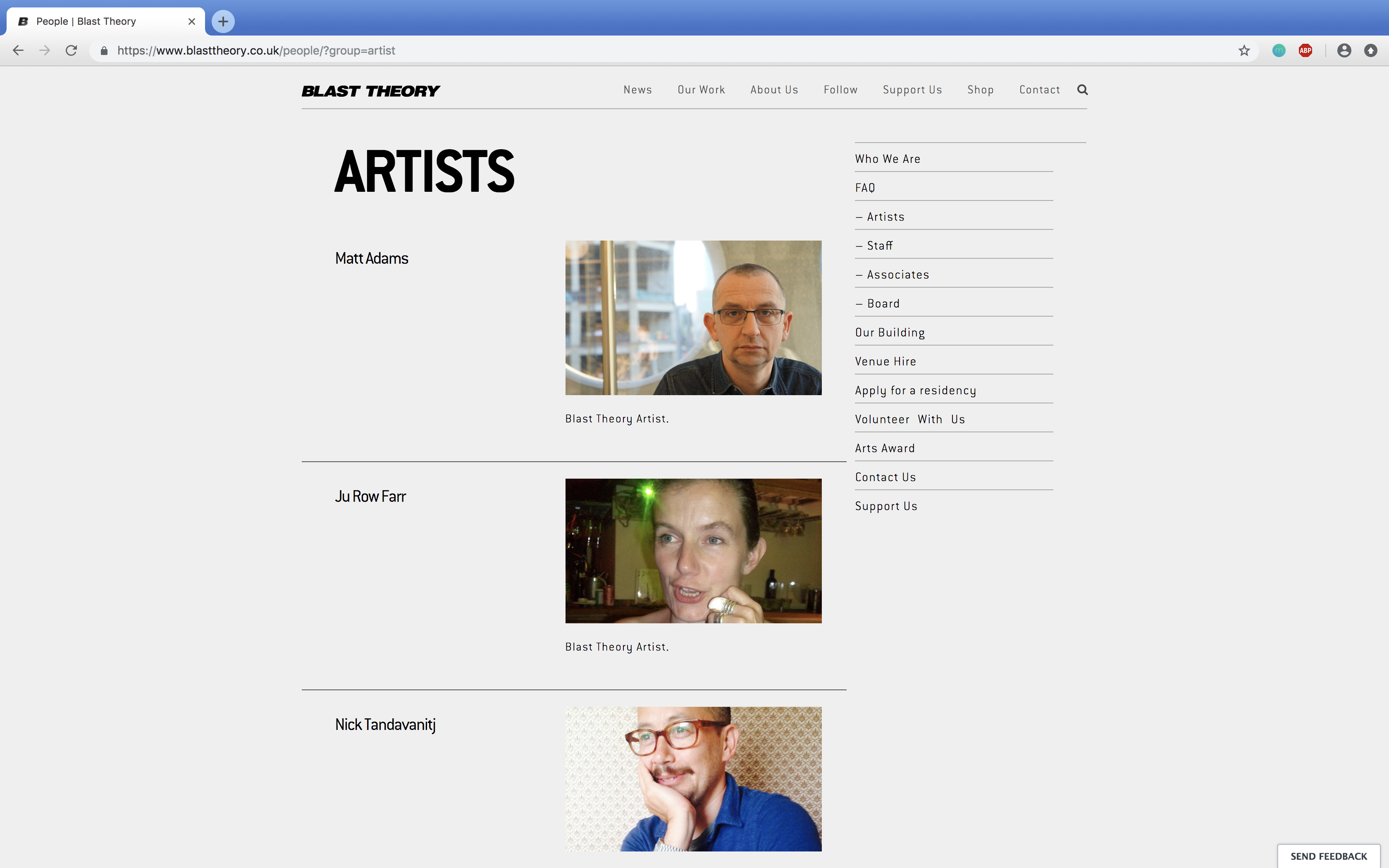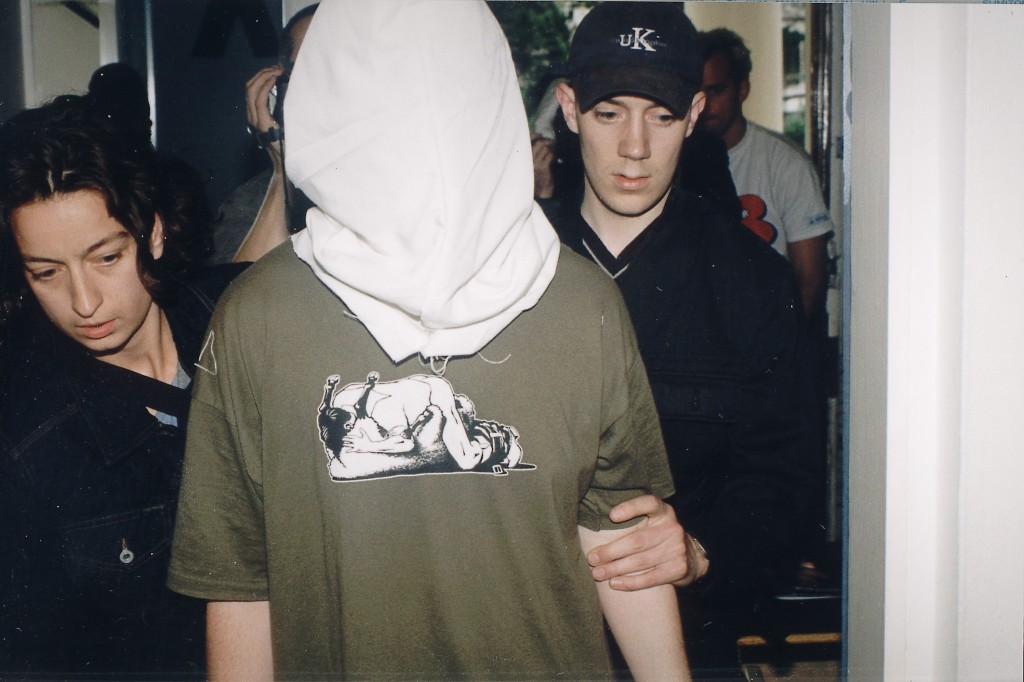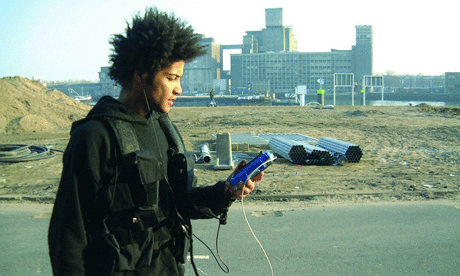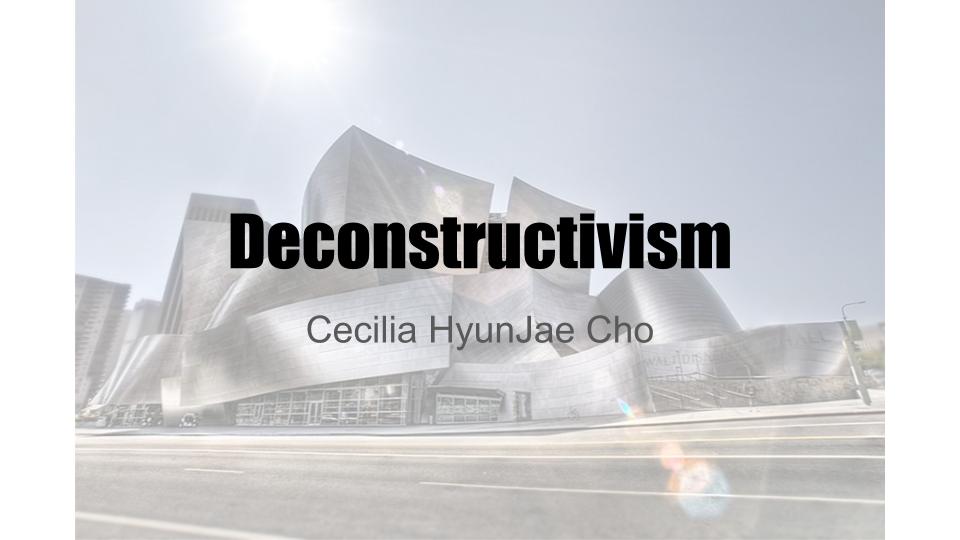Blast Theory
For my Hyperessay, I chose a new media piece by a Portslade-based artists’ group called Blast Theory, renown for their works that mix interactive media, digital broadcasting and live performance. The piece is an interactive, immersive, and collaborative work called, “I’d Hide You”. Linked below is the trailer for Blast Theory’s, “I’d Hide You”.
But who and what is Blast Theory exactly? What is it that they do? Blast Theory is in a sense, a community of pioneering artists creating interactive art pieces to explore social and political questions. Blast Theory does this by letting the audience members to play a vital role in the overall outcome of the production and outcome of the artwork. This way, the audience becomes the artists while the artist becomes the viewer. This makes the exploration of social and political questions a more personal and thought-provoking experience for the audience.

Blast Theory was created in 1991 by Matt Adams, Niki Jewett, Will Kittow and Ju Row Farr. And as mentioned before, Blast Theory uses a multitude of media; such as performance, installation, video, and online technology to highlight social and political issues that surround the very media they use. What makes Blast Theory avant-garde is the way they meld scientific technology with collaborative art while still taking a stance on social topics. Some of their other well-known works include- “Can You See Me Now?”, “Uncle Roy All Around You”, “Kidnap”, “Gunman Kill Three”, and “Karen.”

Picture from Blast Theory Website
“Gunman Kill Three” was one of their earliest works and was geared more towards live and performance art. This work and several other early works focused on the club culture to create multimedia performances. Even in their early works interactivity played a key role in the performance. “Kidnap” was one of Blast Theory’s more controversial and risky works due to the issue the piece tackled as well as the method Blast Theory chose to communicate the message with. “Kidnap” is an interactive and immersive experience that gives the participants a genuine “kidnapping” experience (with their prior consent). Blast Theory wanted to underscore the themes of violence, pornography, and politics. In “Can You See Me Now?” and “Uncle Roy All Around You” are two of their successful multimedia pieces that integrated locative media with mixed reality.

Picture from Blast Theory Website
What drew me to Blast Theory was their ability to incorporate technology often associated as “anti-art” with social and political issues to create a stimulating an interactive art piece. This idea of mixing and recreating has always been an important value in my life and to see a group of artists express it so beautifully and simply resonated with me. Not only does Blast Theory feel like a source of comfort but also plays a part in inspiring me. Blast Theory stimulates both the audience and themselves. The artists within the group constantly try to challenge themselves with new technology, methods, and issues by pushing themselves to be more innovative and courageous.
In my next post, I will be discussing in more detail the art piece by Blast Theory that I have chosen to analyze for my Hyperessay.







